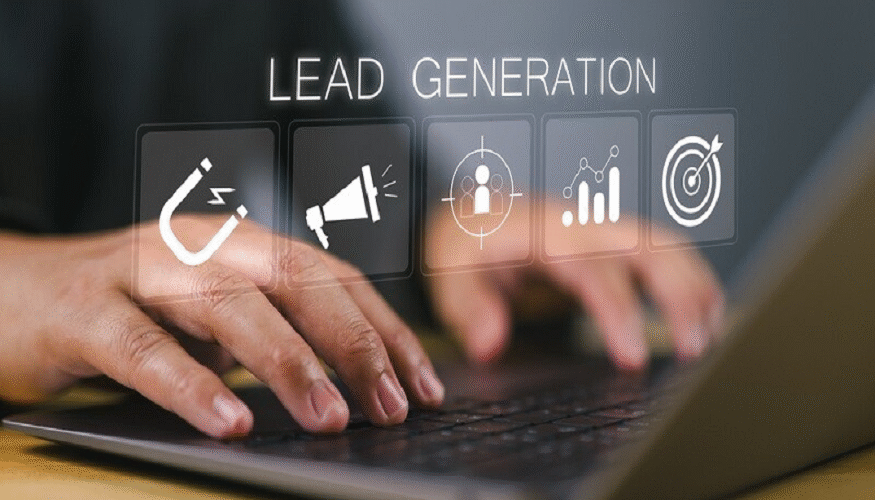The SaaS (Software as a Service) landscape is characterized by high competition, rapid technological evolution (especially AI), and subscription-based revenue models that demand a relentless focus on Lifetime Value (LTV) over one-time sales.
Navigating this environment requires a shift from chasing volume to pursuing quality, fit, and speed.
Here are the essential insights for a successful SaaS lead generation strategy:
1. The Primacy of Quality over Volume
In a subscription model, a high-volume, low-fit lead pipeline is a recipe for high churn and low ROI. The core insight is: Focus on Cost Per Qualified Lead (CPQL) and LTV:CAC, not just Cost Per Lead (CPL).
- Refine Your Ideal Customer Profile (ICP) with Revenue Data: Move beyond simple demographics. Analyze your customers who have the highest LTV, lowest churn, and greatest expansion opportunities. Use their firmographics (company size, industry), technographics (current tech stack), and pain points to create a hyper-specific ICP.
- The Rise of the PQL (Product Qualified Lead): For freemium or free trial models, a PQL is a lead who demonstrates strong buying intent through in-product actions (e.g., inviting team members, using a core feature, hitting a usage limit). PQLs should be prioritized for immediate, personalized outreach, as they often have the highest conversion rates.
- Implement Intent Signals and Technographics: Leverage tools to track which companies are searching for solutions related to your category or are viewing your competitor pages (intent data). Combine this with data on their existing tech stack (technographic data) to target the right buyers at the exact moment they are considering a purchase.
2. The Power of Product-Led Growth (PLG) and Frictionless Experience
Your product is your best lead generator. The trend favors buyers who want to try before they commit to talking to sales.
- Freemium and Free Trials as Lead Magnets: Offer significant value in a free tier or a free trial period. This acts as the ultimate top-of-funnel conversion tool, allowing users to experience the “aha” moment themselves.
- CRO Focused on Utility: Your website’s Conversion Rate Optimization (CRO) should focus on reducing friction to get a prospect into the product experience quickly. Replace long-form gated content with free, lightweight tools or templates that provide instant value in exchange for an email.
- Conversational Marketing: Deploy intelligent chatbots on high-intent pages (Pricing, Features) to answer common questions instantly and pre-qualify leads. The goal is to facilitate an immediate demo or a live chat with a human for high-score leads, respecting the buyer’s need for speed.
3. Precision Targeting via Account-Based Marketing (ABM)
As deal sizes increase and buying committees grow, generic campaigns are less effective. ABM allows you to treat high-value target accounts as a market of one.
- Sales and Marketing Alignment (Smarketing): ABM requires absolute alignment. Sales identifies the target accounts, and Marketing creates hyper-personalized content and campaigns targeting the entire buying committee (e.g., the CFO, the end-user manager, the IT director) across multiple channels.
- Multi-Channel Engagement: Outreach must be coordinated across email, LinkedIn, targeted display ads, and personalized direct mail. The messaging should focus not on your product, but on the specific challenges and impact relevant to that individual’s role within the target account.
- Reverse-Engineering from Customer Success: Identify the characteristics of your most successful customers (those with high LTV). Use these characteristics to build your target account list, ensuring that every lead generated has the highest probability of becoming a long-term, profitable client.
4. Content Strategy Shift: From SEO Volume to Authority
In a crowded SaaS market, content must be a differentiator, moving past basic “what is” topics to true thought leadership.
- Focus on Expertise, Experience, Authority, and Trust (E-E-A-T): Google and users now demand content that is genuinely authoritative. This means:
- Content should be written by verified subject matter experts.
- It should feature unique, proprietary data (e.g., your own industry reports or internal data).
- It should be deeper, more actionable, and more visually engaging than competitor content.
- Content for Every Funnel Stage:
- TOFU (Top of Funnel): Educational content, industry trends, and problem-solving articles.
- MOFU (Middle of Funnel): Comparison guides, ROI calculators, and product deep-dive webinars.
- BOFU (Bottom of Funnel): Case studies, implementation roadmaps, and video testimonials.
- Leverage Video and Webinars: Video content and interactive webinars are high-intent lead generation tools. Use them to provide an authentic, live demonstration of your product’s value and answer live questions from prospects.
5. Automation and AI as the New Standard
The future of SaaS lead generation is leveraging AI and automation for personalization and efficiency.
- AI-Powered Lead Scoring: Use machine learning to analyze lead behavior and firmographics instantly, creating dynamic scores that prioritize high-intent leads for sales in real-time. This eliminates sales chasing low-quality leads.
- Hyper-Personalization in Nurturing: Use marketing automation to create complex, branching email nurture sequences based on a prospect’s last action (e.g., viewed the pricing page, received an error message, or clicked a link in a competitor comparison guide

